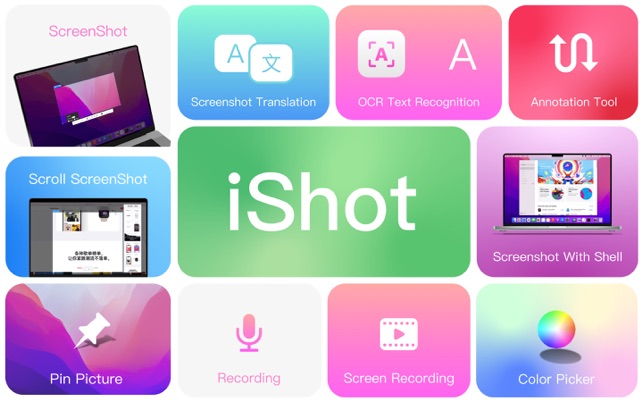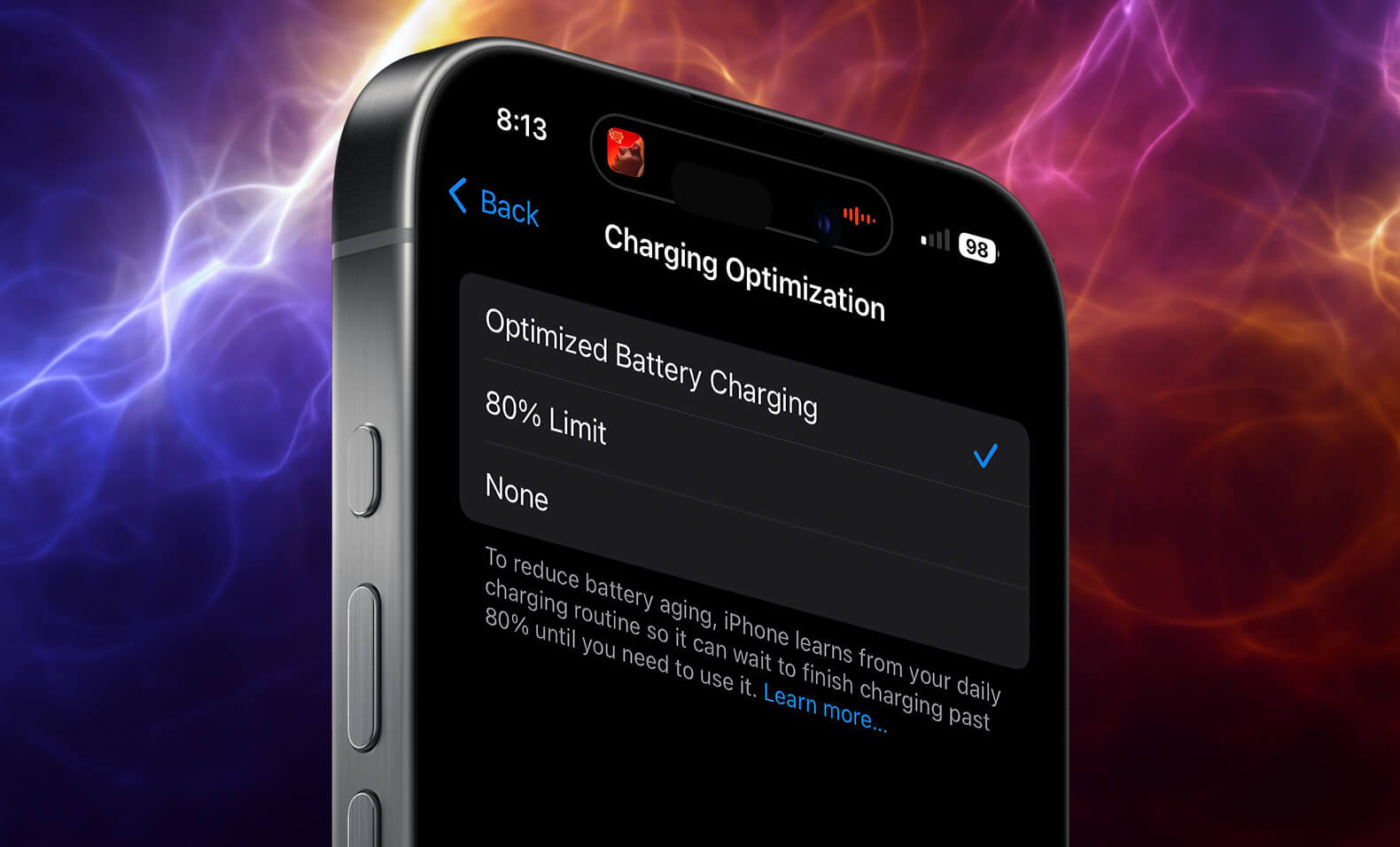
The iPhone 15 Pro Is Teaching Me to Embrace Digital Zoom
To hear a romantic tale, get some information about their number one focal point. They'll likely get a little flicker in their eye as they enlighten you concerning the quick 35mm they convey all over the place or the long picture focal point with the bokeh that hits perfectly. Camera bodies travel every which way, however your #1 focal point is a deep rooted relationship.
Telephone camera focal points are an alternate story. They're constructed like a customary camera focal point just, you know, small and they're with us in a real sense wherever we go. In any case, I don't know any individual who might wax wonderful about the 24mm comparable wide point on their iPhone or the 5x zooming focal point on their Pixel.
Our associations with them are significantly more value-based, and the outcomes have as a lot to do with the picture handling pipelines they're connected to as any actual optics.

Visually slanted cell phone proprietors probably won't have any unique connection to those focal points, yet they certainly have solid gloomy sentiments about advanced zoom. Numerous picture takers would prefer to utilize a local central length and harvest later in programming, which seems OK while you're working with a conventional computerized camera.
However, the most recent round of lead telephone cameras is turning that conventional insight over. No place is this more clear than on three of all that you can purchase at the present time: the iPhone 15 Expert Max, the Google Pixel 7 Star, and the Samsung Cosmic system S23 Ultra.
I've been shooting with them throughout recent days, and I've left away with two significant impressions: optical zoom actually wins, yet computerized zoom isn't as a long ways behind as you would suspect. Furthermore, it very well may be an ideal opportunity to come around to advanced central lengths, regardless of whether utilizing them caused you to feel yucky previously.
Optical Zoom Still Wins
We should simply move this: cell phone camera zoom has worked on significantly throughout recent years, yet you'll in any case get much better quality from a major, customary camera with a major sensor and a major focal point. Computational photography hasn't beaten physical science.
![iPhone 15 Pro Max Expected to Feature 5-6x Optical Zoom [Updated] - MacRumors](https://images.macrumors.com/t/Mvo0wVFyxHSDDyUvWVoyWHEclRo=/1600x0/article-new/2023/02/iPhone-15-Pro-Periscope-Mock-Feature.jpg)
Yet, contrasting one type with it's logical counterpart, a conventional long range focal point on a telephone actually beats cell phone computerized zoom even with a great deal of additional information and brain networks included. Investigate the iPhone 15 Genius Max's new 5x zooming focal point contrasted with the Samsung World S23 Ultra at 5x, which is between its 3x and 10x optical zoom central lengths.
The iPhone 15 Star's 5x zooming focal point in all actuality does fine in brilliant light, however inside, the telephone still sometimes changes to the fundamental camera in faint lighting or on the other hand assuming your subject is excessively close for the tele's base center distance.
You can once in a while inspire it to change back to the 5x focal point by changing your outlining or moving back marginally, which I did between the two shots beneath. Furthermore, goodness, what a distinction it makes.
Digital Zoom is Getting Better
Yet, in any event, when advanced zoom is the main choice, there are preferred methodologies over others. At 10x, the Pixel 7 Ace harvests into the center 12 megapixels of the great res, 48-megapixel sensor combined with its 5x optical long range focal point.
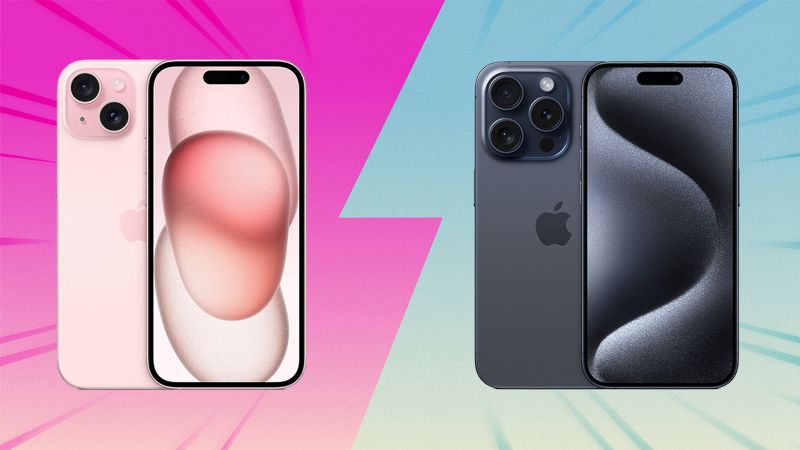
The iPhone 15 Ace's 5x fax utilizes a 12-megapixel sensor, so it can't do exactly the same thing at 10x and the outcomes look significantly more like customary computerized zoom contrasted with the Pixel 7 Master.
And afterward there's the iPhone 15 Ace's new "central lengths" the 28mm and 35mm settings that are open in the camera application by tapping the 1x symbol. You can cycle between them, cripple them, or set one as your new default "focal point." They're a rendition of computerized zoom however with some additional handling happening behind the scenes. You can peruse a more nitty gritty clarification in my full survey of the iPhone 15 Master Max.
Does this additional handling have an observable effect? Indeed, sort of. On the off chance that I snap a picture in fair light at 35mm and zoom out to 31mm, I can scarcely make out more detail in the 35mm picture. Same thing in the event that I crop in on a 24mm picture as opposed to utilize the in-camera zoom to 35mm.
The photographs underneath were taken from a similar position; I edited the 24mm picture to match the outlining of the 35mm, which brought about a picture somewhat greater than 12MP.
I up-resed that picture in Photoshop to match the 24MP 35mm picture that is the thing will occur with common computerized zoom and contrasting the two at 100%, you can simply see some extremely fine detail from the in-camera 35mm photograph that is smudgier in the harvest from 24mm. Investigate the side of the square, clear container on the best in class.
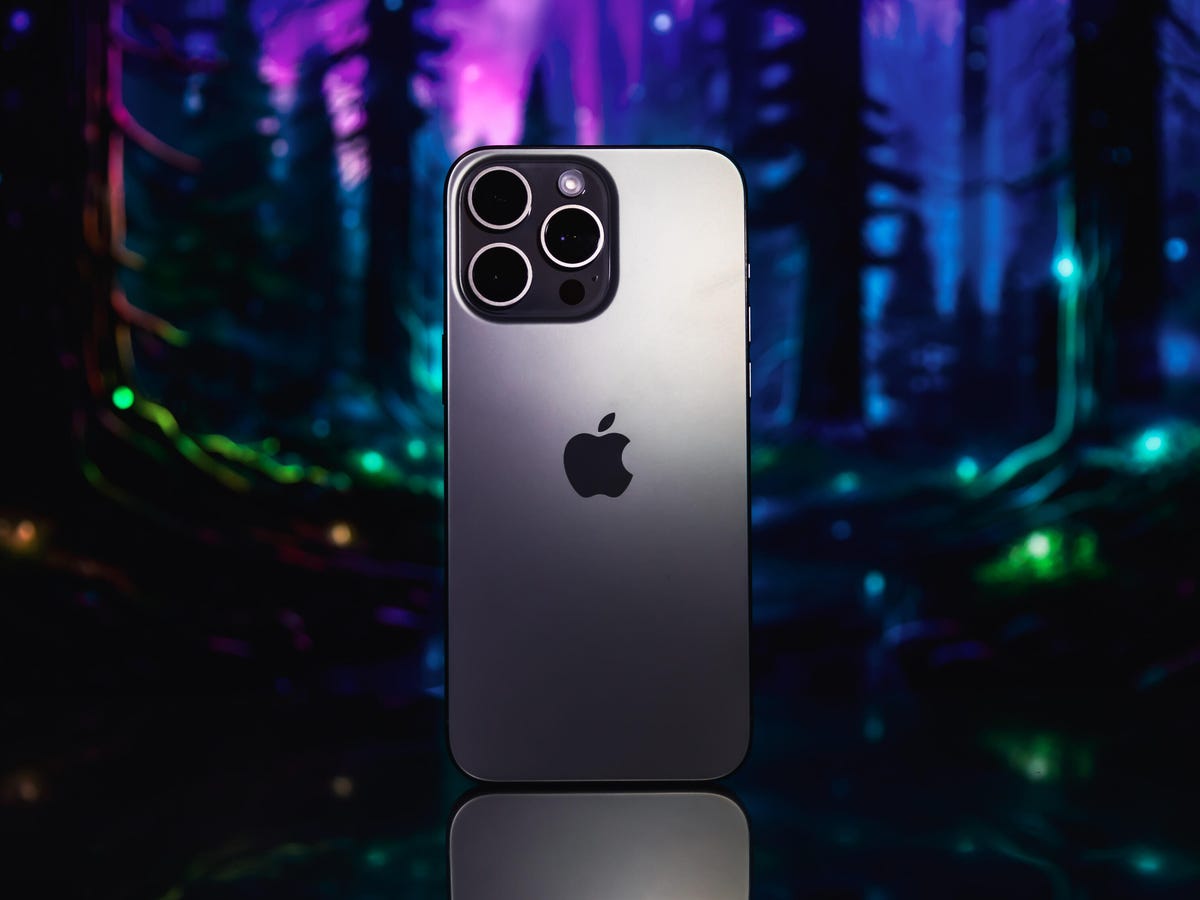
More significant than that, utilizing the in-camera zoom has one key component that trimming later doesn't: showing you your desired outlining solidly while you're snapping the picture.
This isn't simply some high-forehead, "making photos" hogwash. As far as I can tell, I just "see" photographs better when I understand what I'm getting before I bring it into Lightroom.
Truly, I'm discovering that getting my head into the right space an affects my photography than any moment measure of detail that I may be losing simultaneously.
I could in fact catch a somewhat better picture at 35mm on an iPhone 15 Star versus an iPhone 14 Genius, for instance. However, having the option to tap a symbol and immediately change to that 35mm setting takes a portion of the contact out and makes the entire experience more charming and that is the genuine contrast creator.
.
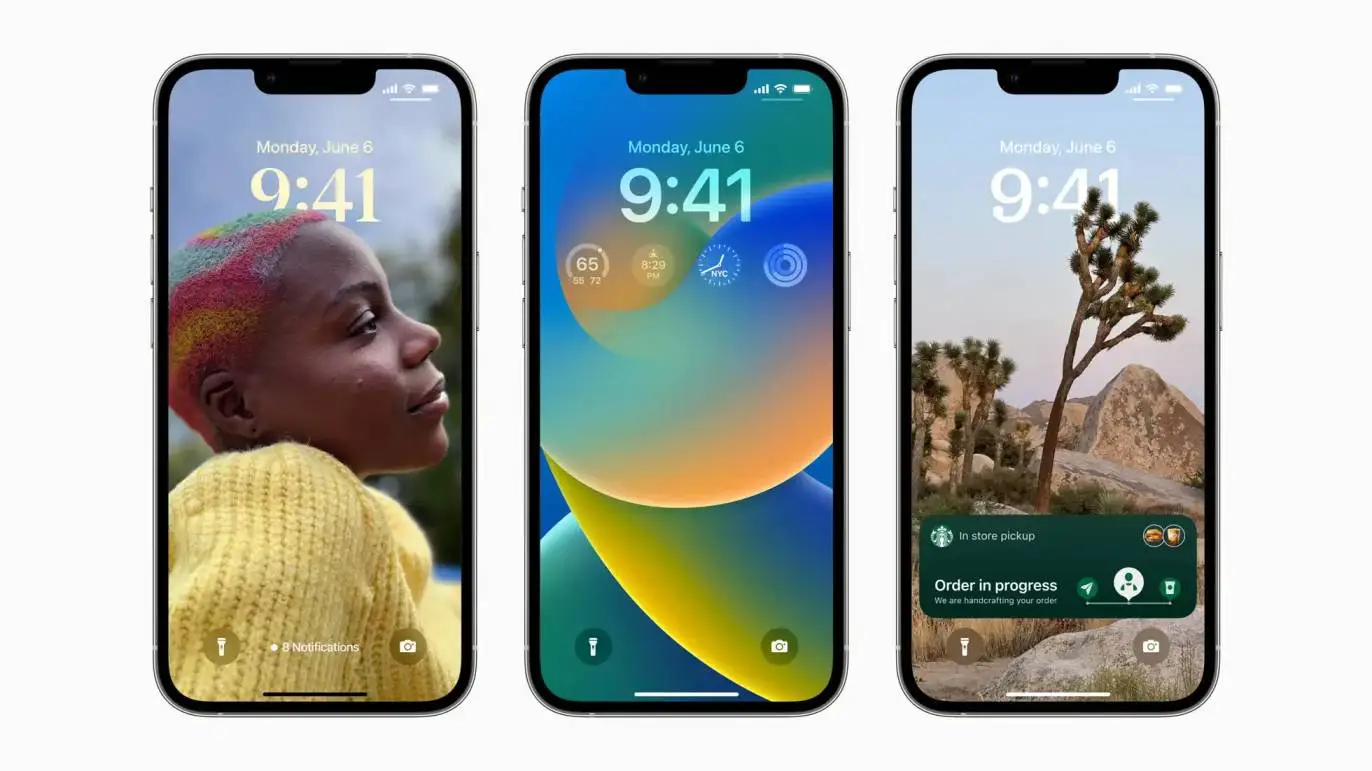
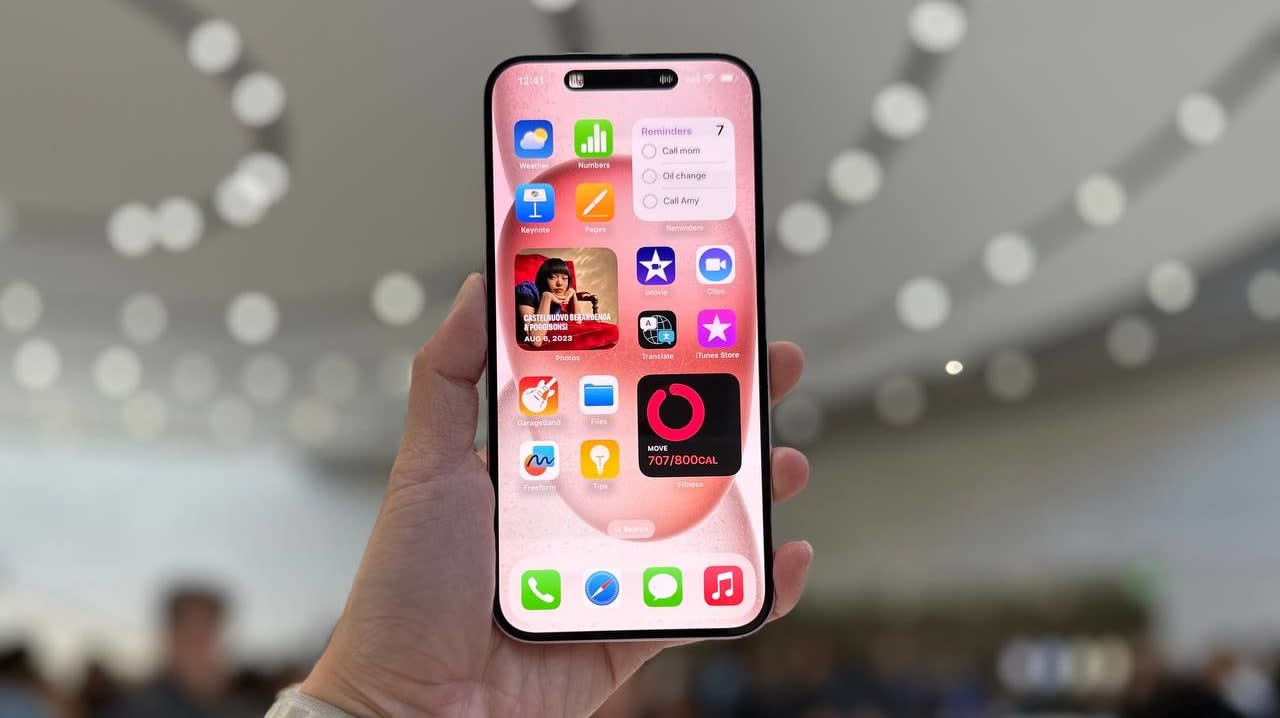
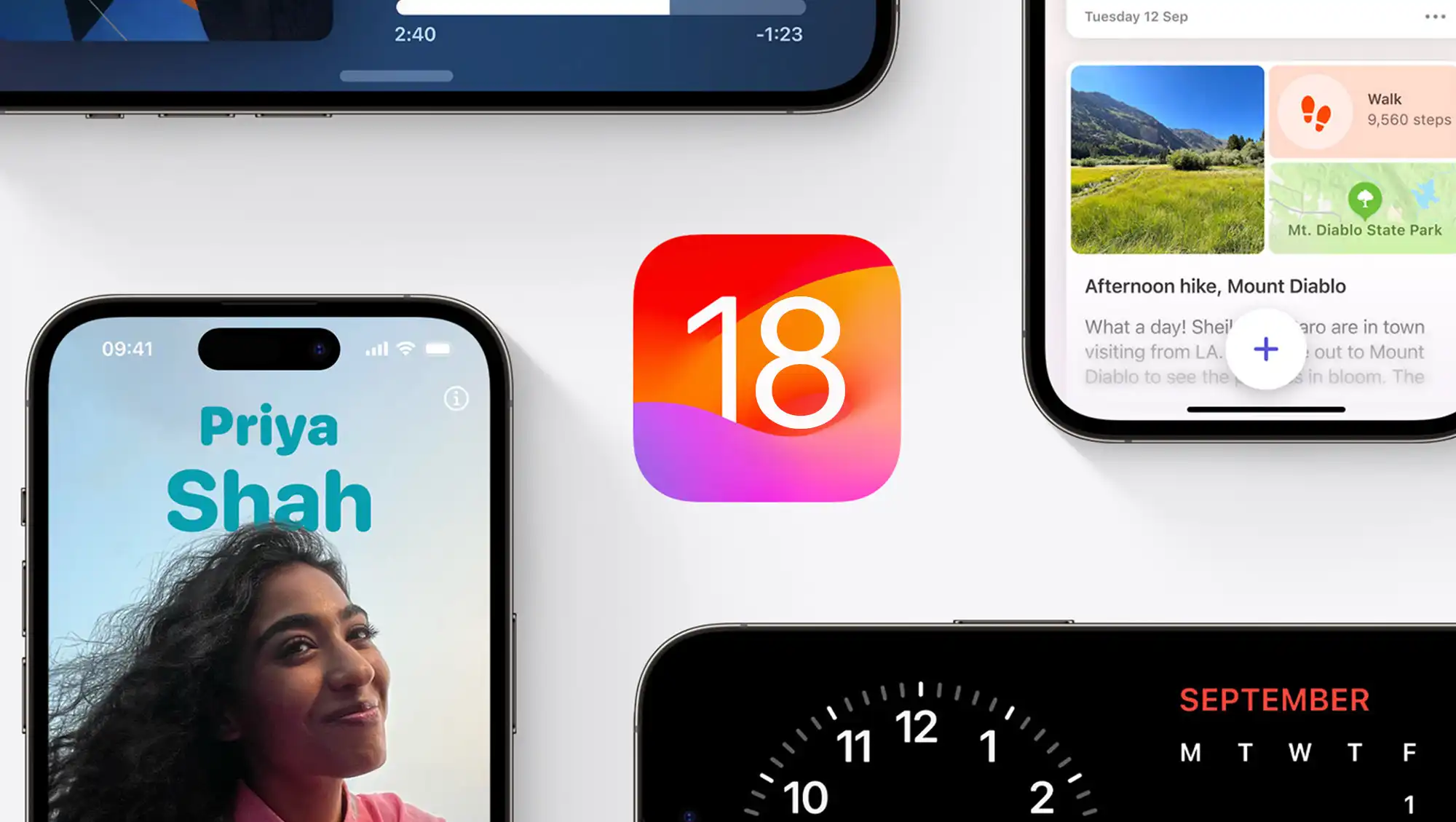

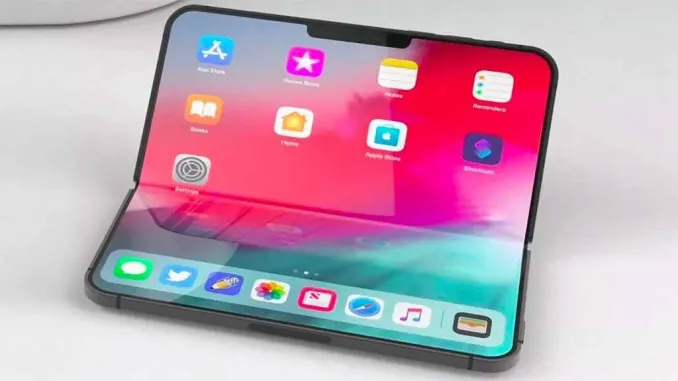
.jpg)
